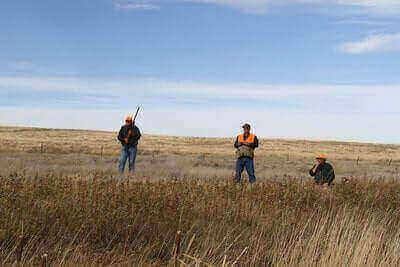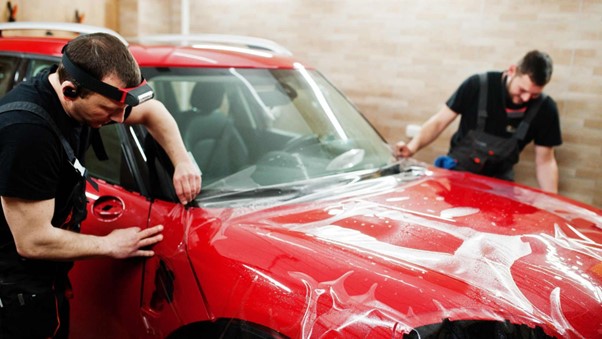
One of the cheapest ways to save on pest control costs is to prevent a home pest invasion. Unwanted critters often make your home theirs because they found conditions that are ideal for nesting and feeding. Eliminating these attractions with effective pest prevention techniques will let pests know they are not welcome.
Pest Prevention Tips
Practice good housekeeping. Keeping your home clean is not important just for aesthetic purposes; it also helps prevent the invasion of pests.
— Practice green pest control by not leaving food out in the open.
— Place unsealed containers in your pantry, cupboards or on countertops into re-sealable plastic bags or plastic food storage containers that have lids.
— Store pet food in storage containers with lids and feed your pets indoors.
— Take the trash out on a regular basis. Make sure your outside garbage cans have lids.
— Clean your air ducts on a regular basis and make sure they are properly sealed. Repair or replace ductwork that is damaged.
— Repair or replace the vapour barrier in your crawl space.
— Make sure your attic and crawl space has good ventilation.
— Hire a pest control company to inspect your attic and crawl space every six months. They can recommend ways to prevent pest invasions or control colonies they find.
Keep moisture under control. Moisture in and around the home can cause health problems, mould damage and be an open invitation to unwanted critters that thrive in wet environments.
— Repair leaks in your roof, pool or hot tub, and mend broken pipes.
— Make sure there is no stagnant water around your home. Crawl spaces that do not drain well, clogged gutters and overwatering your yard can all lead to stagnant water.
— Refresh the water in birdbaths on a regular basis.
— Keep your attic and basement dry and well ventilated.
— Replace old weather stripping around your windows.
— Fix loose mortar around the basement and/or foundation of your home.
Secure the entries into your home. You lock your doors to deter predators, and securing any entries into your home will do the same with pests.
— Keep your windows closed. If you enjoy fresh air in your home, install a screen to help prevent the entry of insects, rodents, birds and bats.
— Make sure your crawl space has a barrier that prevents animals from taking shelter under your home. Pests such as prairie dogs and rats can quickly move into a crawl space and have a large family before you even notice you have squatters.
— Cover eaves and chimneys to prevent birds from building nests and bats from hanging out.
— Cover holes that are a quarter-inch in size or larger on the outside of your home. This size is perfect for small insects like ants or termites to crawl into your home.
Maintain your landscaping. Like your home, when your yard looks tidy, the chances of pests thinking your home looks accommodating is less likely.
— Keep piles of wood, bricks, cinderblocks, stones, leaves and so on away from your home. Piles are great places for pests to hide and make a home, so stack wood off the ground and away from any structures.
— Get rid of dead wood. Stumps, logs and the like can attract insects that live to eat old wood, like termites and carpenter ants.
— Hot tubs, pools and trickling fountains can look amazing and be relaxing. However, pests such as mosquitoes, carpenter ants, termites and rodents feel the same way as they are attracted to the heat and/or moisture these accessories produce.
— Use a cover on any hot tubs and pools when you are not using them to prevent mosquitoes from laying their eggs in the water and frogs from thinking they have a new swimming hole. — Trim the bushes and trees on a regular basis so they are at least six inches away from your home, garage or any outbuildings.
By taking measures to prevent pests in your home, you can have peace of mind knowing that your investment and dwelling place is safe. Should a renegade pest make its way in with troops, however, call a professional to help you win back your home.
For More Info Go To Go GC PEST CONTROL.
Read our other articles:






